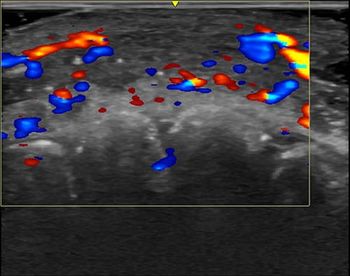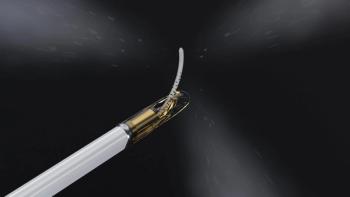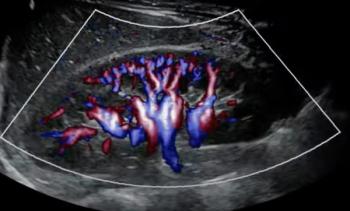
As PACS penetrates the enterprise, DI follows
In the June issue of Diagnostic Imaging, we noted with approval the decision by the Society for Computer Applications in Radiology to change its name to the Society for Imaging Informatics in Medicine.
In the June issue of Diagnostic Imaging, we noted with approval the decision by the Society for Computer Applications in Radiology to change its name to the Society for Imaging Informatics in Medicine.
The imaging informatics picture is growing broader-encompassing more types of medical information, more specialists, and more parts of the medical enterprise-so it was appropriate that SCAR shift its name to the perhaps more sibilant SIIM.
The same rationale underlies our shift in the name of our PACS and Informatics supplement, now 10 years old, to Enterprise Imaging & IT. Over the years, we've watched as digital radiological images have moved further into the healthcare enterprise to become an ever more important part of the medical decision-making process. This diffusion has entailed some shifts in strategy and focus for radiologists and others involved in the digital management of images.
Our purpose in making this name change is to recognize these adjustments and make sure our coverage remains topical and closely tied to the realities of digital imaging practice.
We believe our readers are closely interested in imaging informatics, but imaging informatics now extends throughout the enterprise. Our readers' focus is expanding, and ours will as well.
-John C. Hayes is editor of Diagnostic Imaging
Newsletter
Stay at the forefront of radiology with the Diagnostic Imaging newsletter, delivering the latest news, clinical insights, and imaging advancements for today’s radiologists.




























